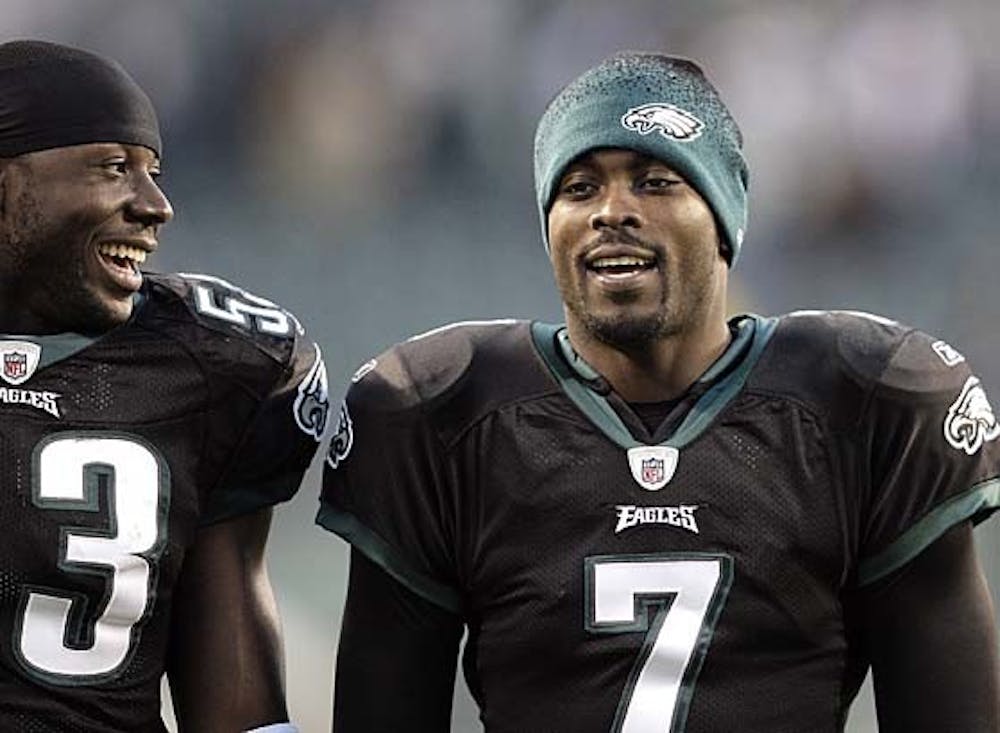The college football season wrapped up just over one month ago. The NFL finished last week, leaving millions of fans across the nation wondering, "What do we do now? How do we get our football fix?"
Last Saturday they got their answer with the Alliance of American Football, the newest sports league to pop up on television screens.
The AAF debuted on CBS in a fairly striking fashion. It matched up the San Antonio Commanders versus the San Diego Fleet in one game and the Orlando Apollos and Atlanta Legends in another. The CBS broadcast pulled in strong numbers with 2.9 million viewers that night, higher than the primetime NBA game on ABC between the Houston Rockets and Oklahoma City Thunder, a contest filled with superstars and household names, which only got 2.5 million viewers.
The Sunday games also did well, with the Arizona Hotshots versus Salt Lake Stallions game drawing a 0.4 rating, which was higher than Johnny Manziel’s debut in the Canadian Football League, which got a 0.3. The AAF does not have Manziel-like names, making its television success even more impressive.
In total there are eight teams, split into the Eastern Conference and Western Conference. Teams play in big market cities like Atlanta and San Diego in addition to smaller markets like Birmingham, Alabama.
With those teams comes the players and coaches, some of whom are fairly recognizable to a football fan. For example, the Arizona Hotshots are coached by ex-University of Mississippi Head Coach Hugh Freeze. Atlanta holds a formidable duo of college stars in former University of Georgia quarterback Aaron Murray and Michigan dual-threat Denard Robinson. The Legends' offensive coordinator just so happens to be Michael Vick.
There are even some former Hoosiers, including former Offensive Coordinator Mike DeBord, who holds the same position now in San Diego.
The AAF is the first of three new non-NFL leagues to make its debut, with the Freedom Football Leagye and reborn XFL expected to make their appearances in 2020. The main question about these leagues is will they work? The only real answer is why shouldn’t they?
With the AAF now underway, it gives football fans even more of the sport they love. Especially with it starting a week after the Super Bowl, it’s like the game never left. It in no way competes with the NFL or college football, therefore giving the leagues the opportunity to stand alone and create its own brand. This is especially true for the AAF, seeing as it is the only one around so far.
More so than that though is that it is a league of second-chances. Former NFL players who could not make it for some reason get another shot on the gridiron to prove to themselves and the NFL that they can play at the highest level. With player salaries just north of $83,000 per year, it is also a decent living wage as they look for another shot at the NFL.
It’s really a win-win: fans get more football, and players and coaches get one more shot.






